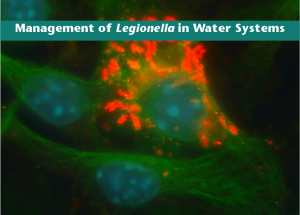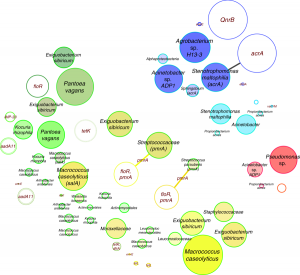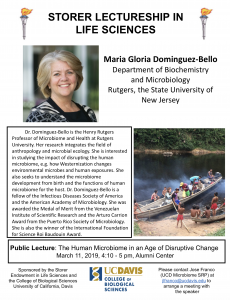Last week, the International Societies of Exposure Science and Indoor Air Quality had their joint meeting in Kaunas, Lithuania. The meeting featured a lot of great research on topics ranging from the thermal comfort of clothes to exposure to heavy metals from e-cigarettes and everything in between. While we can’t summarize the whole meeting here, …
Register Here Please join the National Academies of Sciences, Engineering, and Medicine on August 14th from 11:00am-12:30pm EDT for the release of the report, Management of Legionella in Water Systems. The report examines what is known about Legionella occurrence in water systems, and makes recommendations for managing bacterial growth in these environments in order …
By Pudelek (Marcin Szala) – Own work, CC BY-SA 3.0, Link The International Societies for Exposure Science and Indoor Air Quality are having a joint meeting August 18-22, 2019 in Kaunas, Lithuania. Grantees from both the Microbiology of the Built Environment and Chemistry of Indoor Environments programs will feature in several sessions. In addition, there …
How microbial profiles differ between water-damaged and dry buildings is not well known. It’s only logical that where moisture is available indoors, microorganism will grow. Yet, measured microbial products do not show consistent differences between wet and dry homes. Because wet homes are associated with a variety of health risks, it’s important to identify the …
Spore-forming bacteria survive on surfaces coated with antimicrobial, latex paints Antimicrobial paints kill most bacteria within 24 hours, but some survive Such products are typically tested on pathogens but not common bacteria like Bacillus Antimicrobial paints could favor antibiotic resistance — making harmless bacteria like Bacillus harmful EVANSTON, Ill. — Antimicrobial paints offer the promise of …
Antibiotic resistance has been assessed to rise to dangerously high levels in all parts of the world, and new resistance mechanisms are emerging and spreading globally. At the same time the number of people dying from antibiotic-resistant bacteria is increasing. The World Health Organization considers the spread of antibiotic resistance and appropriate countermeasures as one …
Maria Gloria Dominguez-Bello gave a talk at UC Davis on March 11, 2019. This talk was part of the Storer Lectureship in Life Sciences series. Her talk was on “The Human Microbiome in an Age of Disruptive Change” and it was really quite good. I live Tweeted the talk and if you are interested the …
Just got pointed to this paper by Paula Olsiewski. Not necessarily a fan of another “-ome” word, but this seems like a really interesting study where they did intensive monitoring of environmental exposures of a few people over time. Abstract below: Human health is dependent upon environmental exposures, yet the diversity and variation in exposures …
Just a quick journal club post here, got pointed to this really interesting sounding article by David Thaler recently “Microwave detection and quantification of water hidden in and on building materials: implications for healthy buildings and microbiome studies.” As I understand the problem, it can be hard to quantify water in buildings, particularly water hidden …
So just a quick post about this new paper “Evaluation of Acquired Antibiotic Resistance in Escherichia coli Exposed to Long-Term Low-Shear Modeled Microgravity and Background Antibiotic Exposure“. Seems pretty straightforward… 1000 generations of E. coli in simulated microgravity… expose them to antibiotics and study the development of resistance. This is in contrast to some previous …



